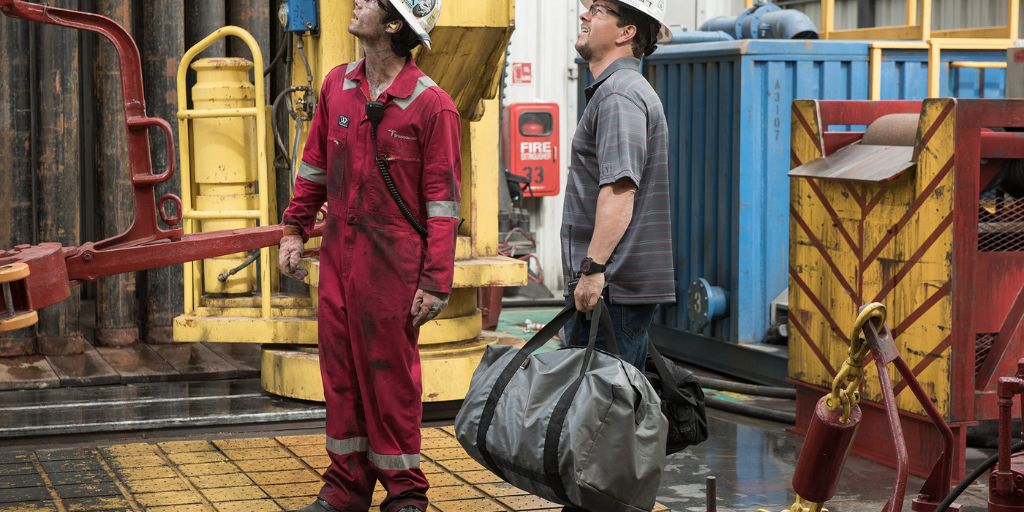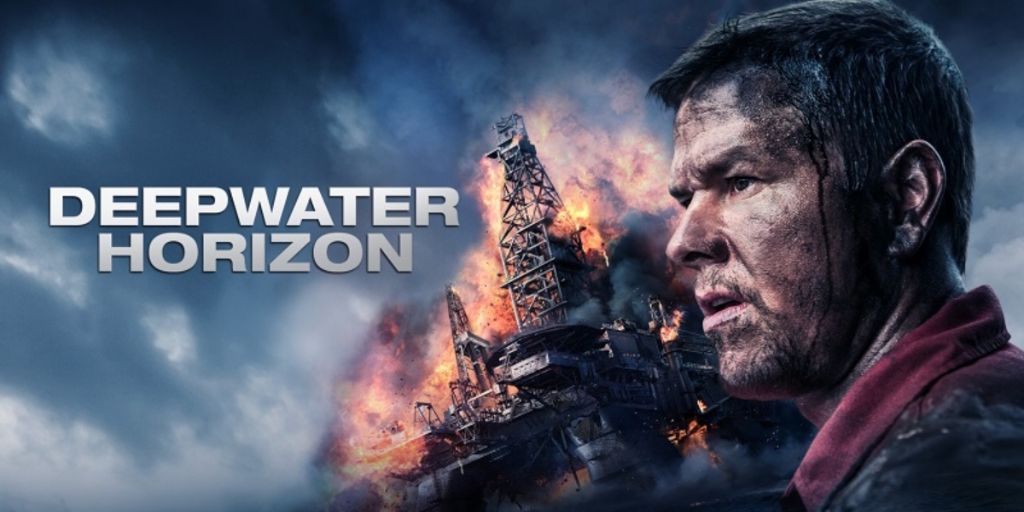Filmmaker Peter Berg has had an interesting career. He started with big, entertaining movies like The Rundown and Friday Night Lights.
But he also made films about serious events in American history. When he teamed up with Mark Wahlberg, they made movies with powerful physical scenes.
Some people question the accuracy of their movies like Lone Survivor and Patriots Day. However, Deepwater Horizon, released in 2016, is a gripping portrayal of a major environmental disaster in the United States.
Based on a report by journalists David Barstow, David Rohde, and Stephanie Saul in The New York Times, Deepwater Horizon tells the story of an explosion on a drilling unit in Louisiana in 2010.
The unit, owned by Transocean and working for BP, was drilling in the Macondo Prospect field. Mike Williams a driller, and James Harrell, the Offshore Installation Manager, find out that many safety supervisors were sent home early.

Plot
Before starting the drilling job, Williams, Harrell, and their colleagues, including Caleb Holloway, Shane Roshto, and Adam Weise, express their worries to BP managers, Donald Vidrine and Robert Kaluza.
They’re concerned because some workers who left early didn’t finish a safety check on the drilling unit’s cement. A test showed the cement wasn’t sealed properly and could cause an explosion.
However BP ignores the results and continues drilling. The cement fails, leading to explosions on the Deepwater Horizon, which kills 11 workers.
The Deepwater Horizon explosion caused massive environmental harm to the Gulf of Mexico. It led to the biggest oil spill in U.S. history, with over 210 million gallons of oil pouring into the ocean over 87 days.

Though Vidrine and Kaluza faced charges of manslaughter, they weren’t held accountable. No other BP staff were charged. The company wasn’t fully blamed for the serious environmental damage caused by the explosion.
While Deepwater Horizon accurately shows how the explosion happened. It oversimplifies the roles of those responsible. The film portrays Malkovich’s character as the main villain. But the federal officials say the disaster was caused by a culture at BP that ignored science.
The film suggests Vidrine came up with the idea that the test results were wrong. However it was actually suggested by a Transocean worker. Officials also say BP managers might have consulted experts during the crisis, which isn’t in the film.
BP settled for $20 billion for the environmental damage and $4 billion for criminal charges related to the explosion. The film shows Fleytas fighting to sound an alarm. She, on the other hand, testified that she was allowed to sound it.





